Picture this: a scaly creature basking under a warm lamp, eyes half-closed in apparent bliss, only to suddenly snap awake and perform a tiny, determined head-bob. Bearded dragons—those charismatic little reptiles with spiky collars—live lives full of surprises, routines, and quirks. While they might look like stoic statues frozen on a rock, beneath their scales lies a world of habits, learned behaviors, and even strange little preferences that can leave even the most seasoned reptile keepers shaking their heads in awe. Today, we’re diving deep into the surprising science of bearded dragon routines, exploring how these fascinating lizards develop daily habits, what drives their odd behaviors, and why their preferences can be as unique as fingerprints.
The Rhythm of the Sun: Why Bearded Dragons Love Routine
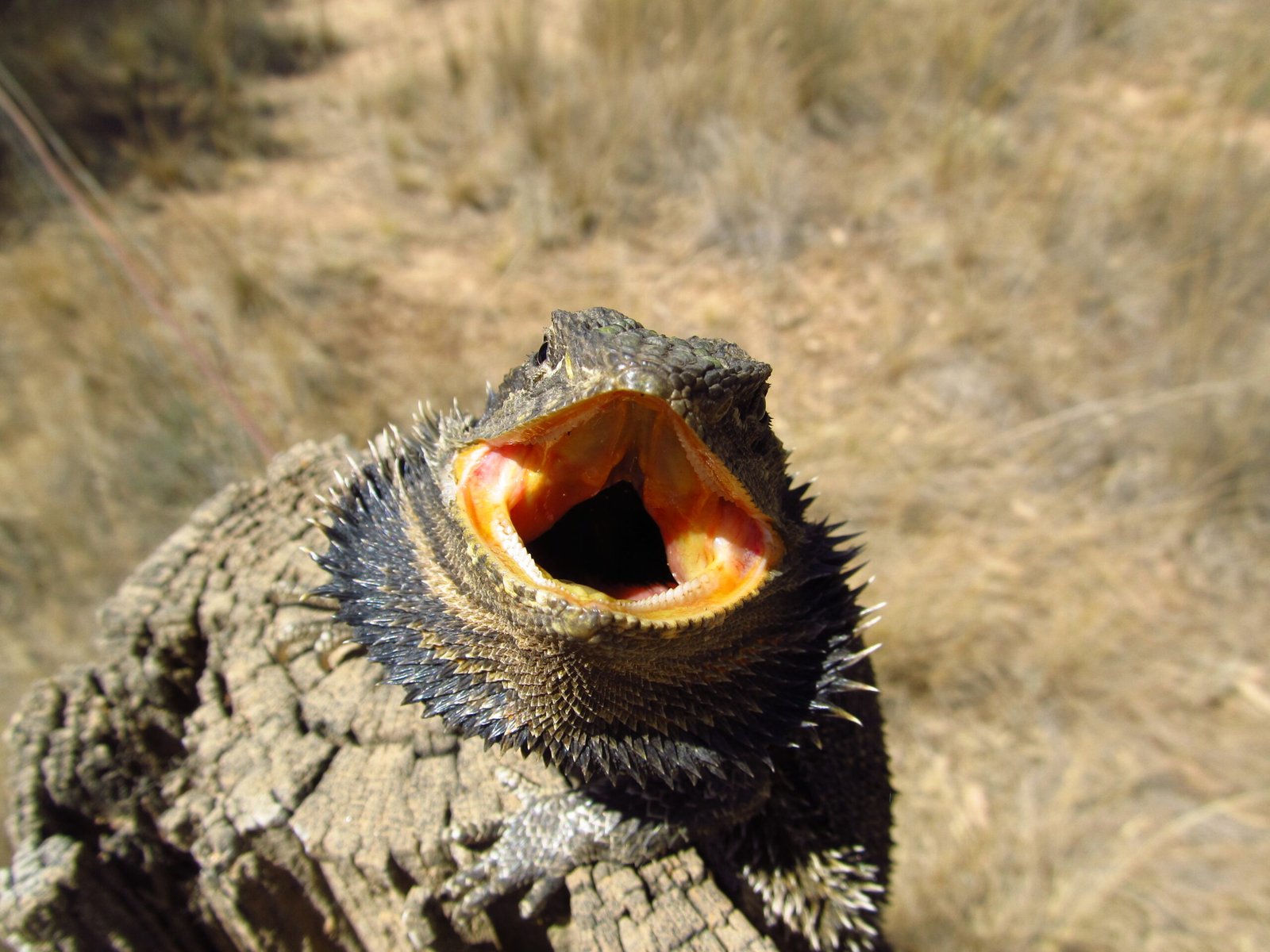
Bearded dragons are diurnal creatures, meaning they’re active during the day and sleep at night, much like humans. Their bodies are finely attuned to the rising and setting of the sun—a trait inherited from their wild ancestors in Australia’s arid outback. This natural rhythm influences everything, from when they wake up and bask to when they get hungry or sleepy. Just like people who crave morning coffee, bearded dragons expect their basking light to turn on at the same time daily. Disrupting this cycle can make them grumpy or lethargic, demonstrating how deeply routine is wired into their biology. Owners often notice their dragons waiting at the spot where the light hits first, as if they’re keeping a silent appointment with the sun.
Morning Rituals: The Art of the Wake-Up Stretch
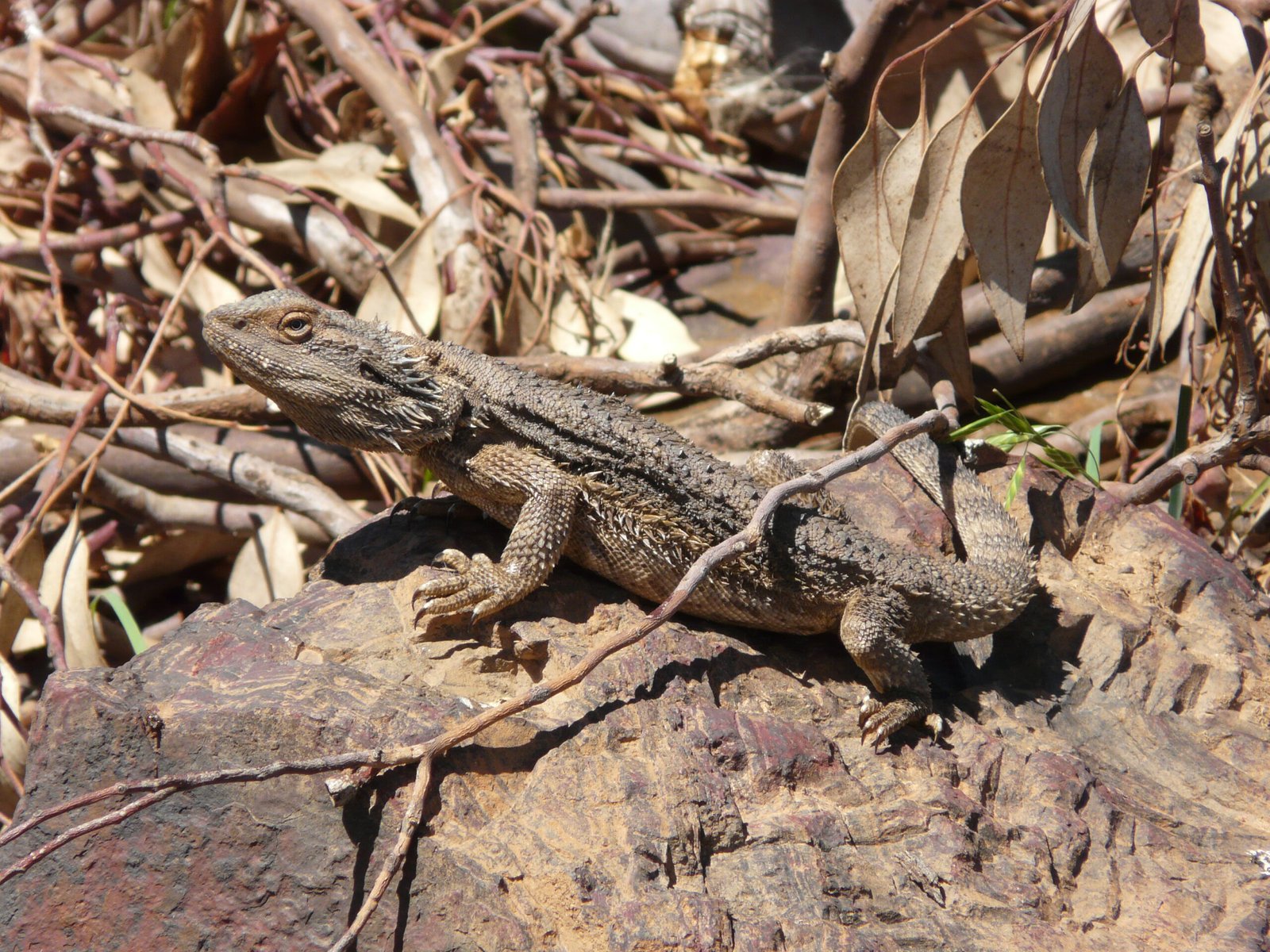
Every morning, bearded dragons perform a fascinating wake-up ritual. They slowly open their eyes, often stretching out their limbs in a dramatic pose, much like a sleepy cat elongating its body. This is more than just a cute display; it helps warm up their muscles after a night of stillness. In the wild, such stretching could also serve as a check for predators or rivals. Some owners even swear their dragons do a little “yawn,” opening their mouths wide as if to say, “Alright, world, I’m ready.” This daily routine sets the tone for a day filled with exploration, basking, and, of course, plenty of people-watching from their terrarium perch.
Basking Bliss: The Sacred Sunbathing Spot
Basking isn’t just a casual activity for bearded dragons; it’s a ritual as sacred as a morning meditation. They instinctively seek out the warmest spot in their enclosure, flattening their bodies to soak up every possible ray. This behavior is vital for their health because it helps regulate their body temperature and aids in digestion. It’s common to see a bearded dragon return to the exact same spot day after day, even nudging aside decor or littermates to claim their “throne.” Over time, some dragons become so attached to their chosen basking area that they’ll sulk or refuse to eat if it’s moved or changed—a testament to just how important routine can be for their well-being.
The Mealtime Dance: Patterns in Feeding Habits
When it comes to eating, bearded dragons are creatures of habit. Many develop a specific routine, expecting food at certain times and even showing anticipation by pacing or staring intently at their food dish. Some dragons have favorite foods they’ll eat with gusto while ignoring anything else, and these preferences can change with age or season. For example, a dragon might suddenly refuse crickets in favor of leafy greens or vice versa. Owners often find themselves playing “chef,” experimenting with different menus to suit their dragon’s ever-evolving tastes. This mealtime dance is not just about preference—it’s tied to their internal biological clocks and the rhythms of their wild ancestors.
Oddball Obsessions: Unusual Food Preferences
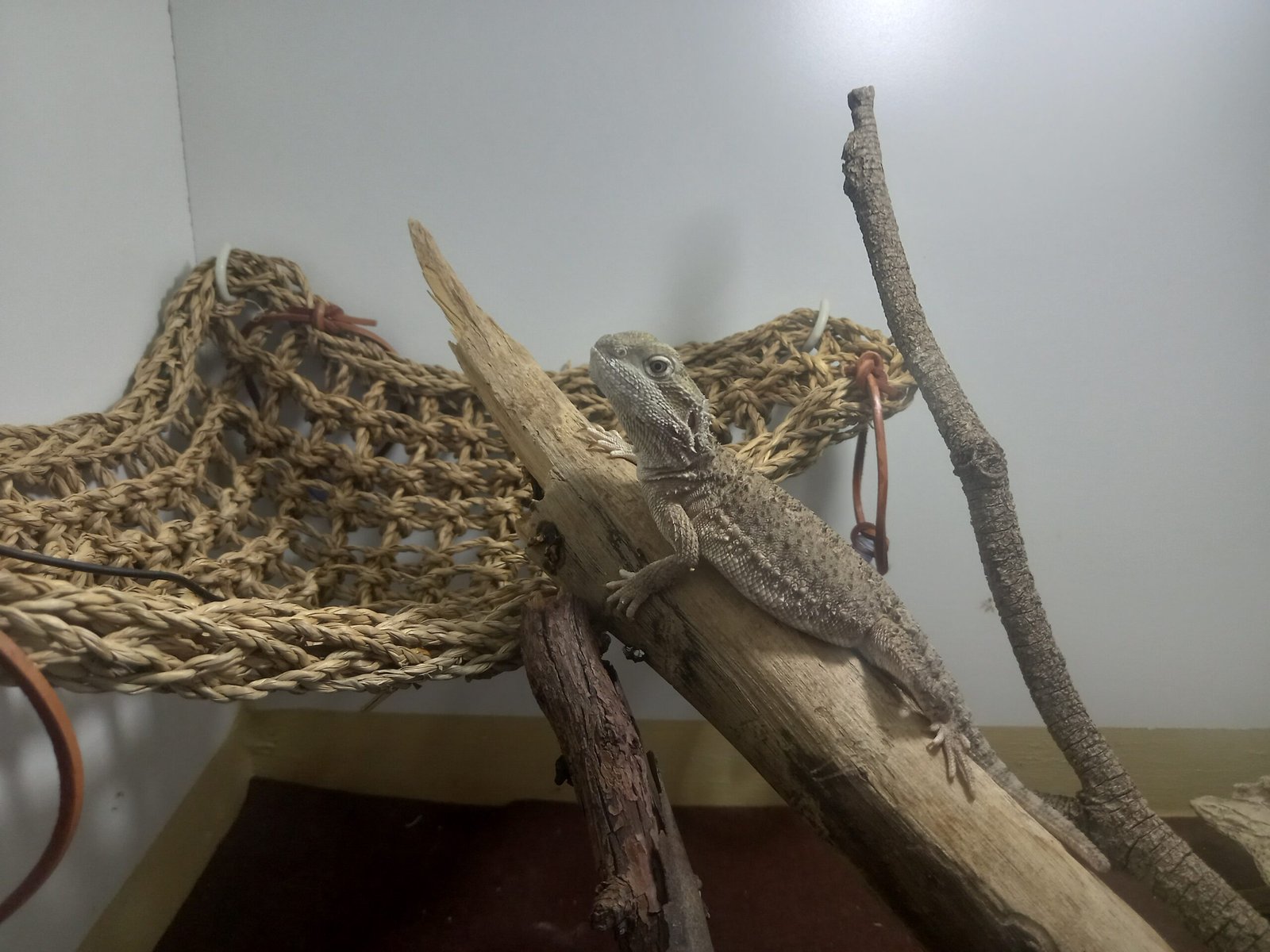
Every bearded dragon seems to have at least one food quirk that leaves their owners puzzled. Some develop a near-obsessive love for strawberries, while others turn their noses up at anything green. There are dragons that’ll only eat if their food is moving or if it’s presented in a specific way. Scientists believe these preferences might be linked to early life experiences or even genetic factors. It’s not uncommon for a dragon to become fixated on a particular color, only eating food items that are red or orange. These oddball obsessions add a layer of personality to each dragon, reminding us that even reptiles can be picky eaters.
Bathroom Schedules: Predictable (and Puzzling) Patterns
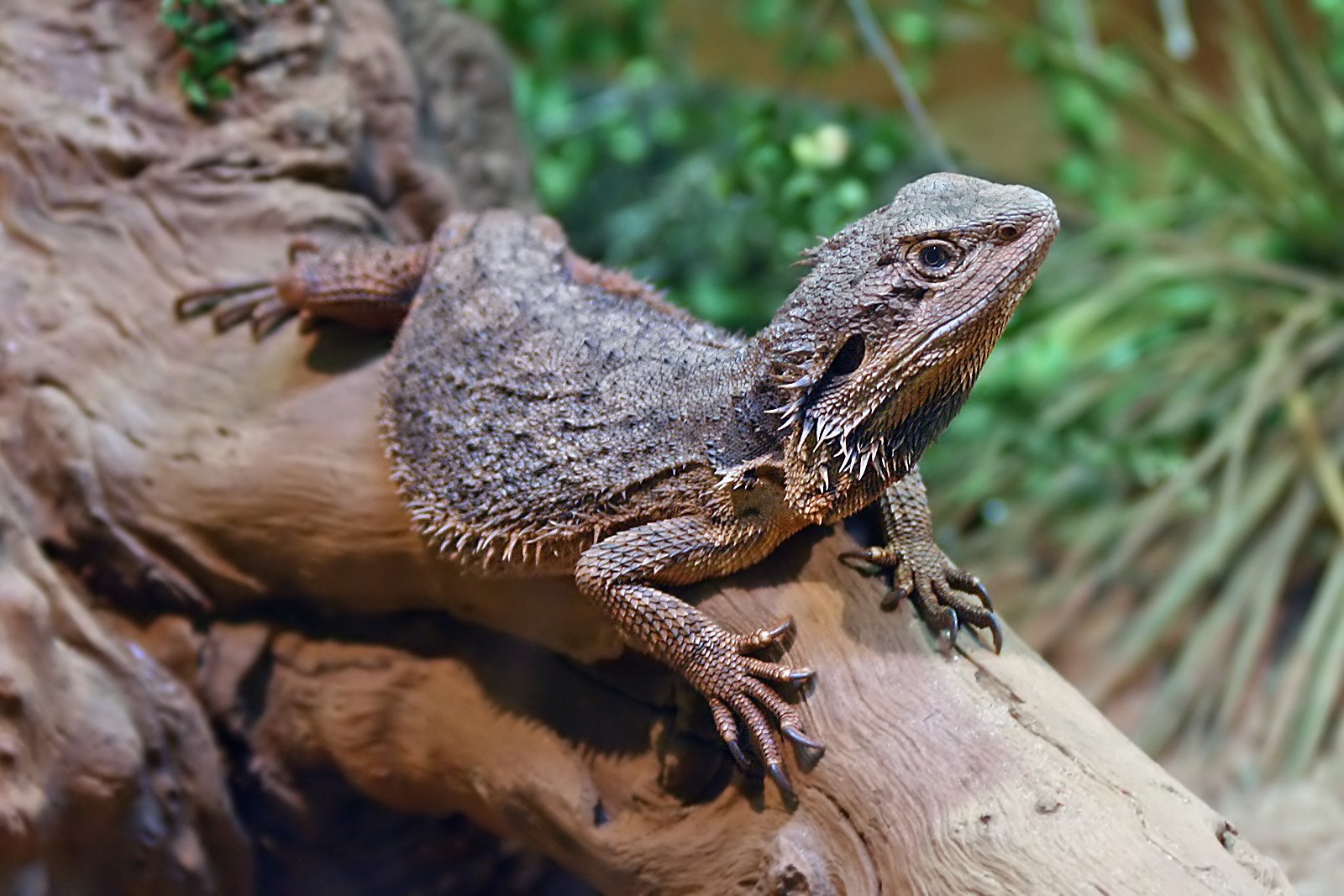
If you think only dogs and cats can be house-trained, think again. Many bearded dragons develop remarkably predictable bathroom routines, often choosing a specific corner of their enclosure for their daily business. Some even seem to “hold it in” until their favorite spot is available, a behavior that baffles first-time owners. Over time, these patterns become so reliable that keepers can almost set their watches by them. The reasons behind these routines are still being studied, but it’s believed that this regularity helps keep their living space clean—an important survival tactic in the wild to avoid attracting predators.
The Midday Siesta: Nap Time for Reptiles
It might surprise you to learn that bearded dragons, despite their daytime activity, often indulge in midday naps. After a hearty meal or a long bask, many dragons retreat to a cool, shaded area for a quick rest. This behavior mimics what wild dragons do to avoid the harshest heat of the day in Australia’s deserts. During these siestas, they’ll often close their eyes, tuck in their limbs, and remain perfectly still, conserving energy for the afternoon’s adventures. For owners, witnessing these peaceful moments can be oddly soothing—a reminder that even the most active creatures need downtime.
Terrarium Tourism: Exploring Their Domain
Exploration is a daily ritual for most bearded dragons. After basking and eating, they’ll often embark on a slow, thorough patrol of their enclosure, investigating every nook and cranny. This curious behavior is more than just boredom; it’s rooted in their instinct to check for food, rivals, or changes in their environment. Some dragons will rearrange objects, dig into substrate, or even attempt to climb the glass, much to the amusement (and sometimes frustration) of their keepers. These exploratory routines help keep their minds active and are a sign of a healthy, engaged reptile.
Strange Attachments: Favorite Objects and Hideouts

Much like children who refuse to sleep without a favorite blanket, some bearded dragons develop strange attachments to specific objects in their enclosure. Whether it’s a particular rock, log, or even a plastic plant, these items become central to the dragon’s daily life. They might sleep beside it, bask on it, or guard it fiercely from perceived intruders—including their owners. Scientists think these attachments might provide a sense of security, mimicking the comfort of a familiar landmark in the wild. It’s a touching reminder that even reptiles seek comfort in the familiar.
Head-Bobbing and Arm-Waving: Communication Rituals
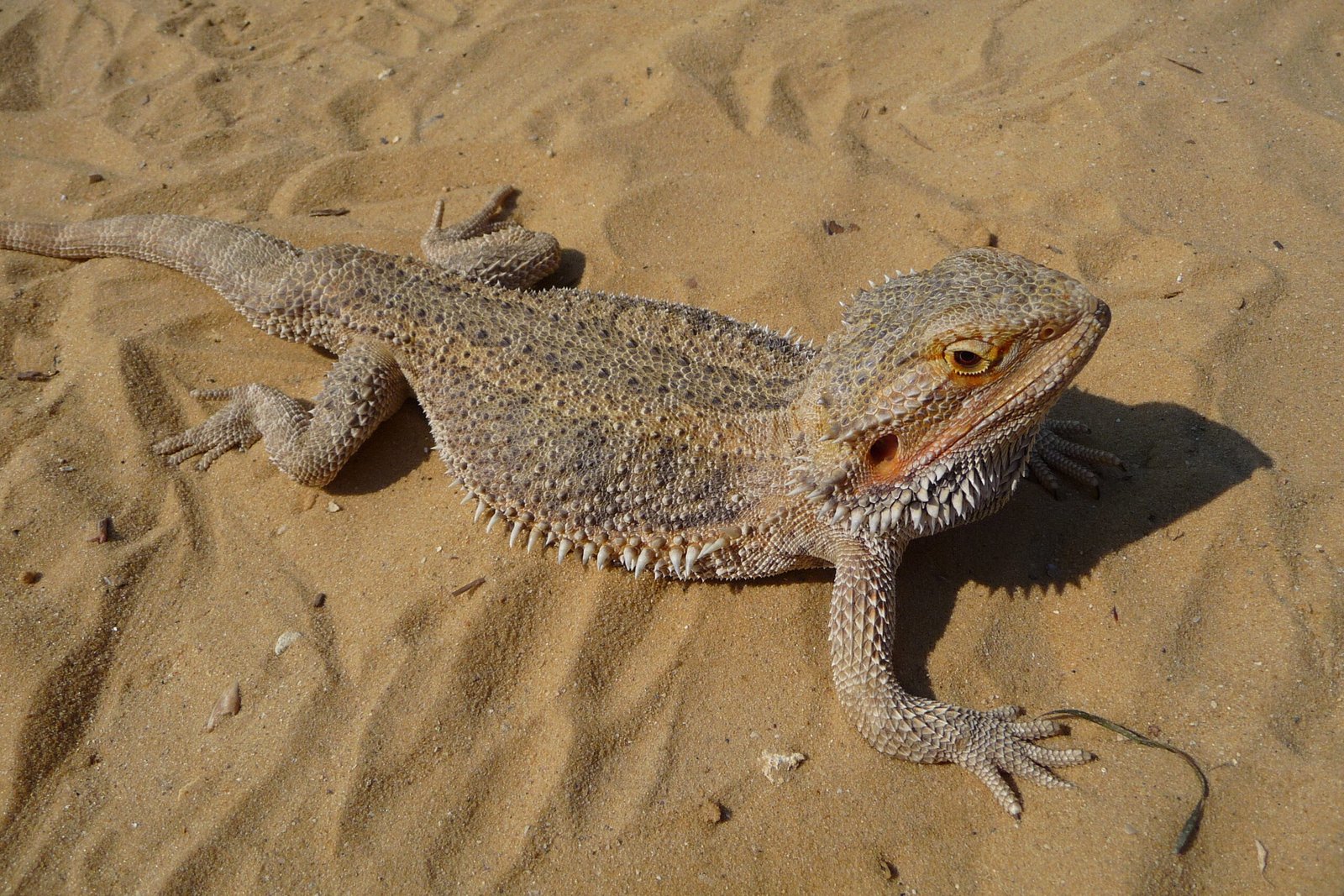
Bearded dragons are famous for their quirky ways of communicating, especially head-bobbing and arm-waving. A rapid head-bob is often a sign of dominance or excitement, while a slow arm wave typically means submission or greeting. These behaviors are especially common during mating season or when a new object or animal enters their territory. Over time, some dragons develop unique “signatures”—a particular way of bobbing or waving that sets them apart. Watching these daily displays is like observing a silent conversation, full of meaning and personality.
Color Changes: Mood Rings on Scales
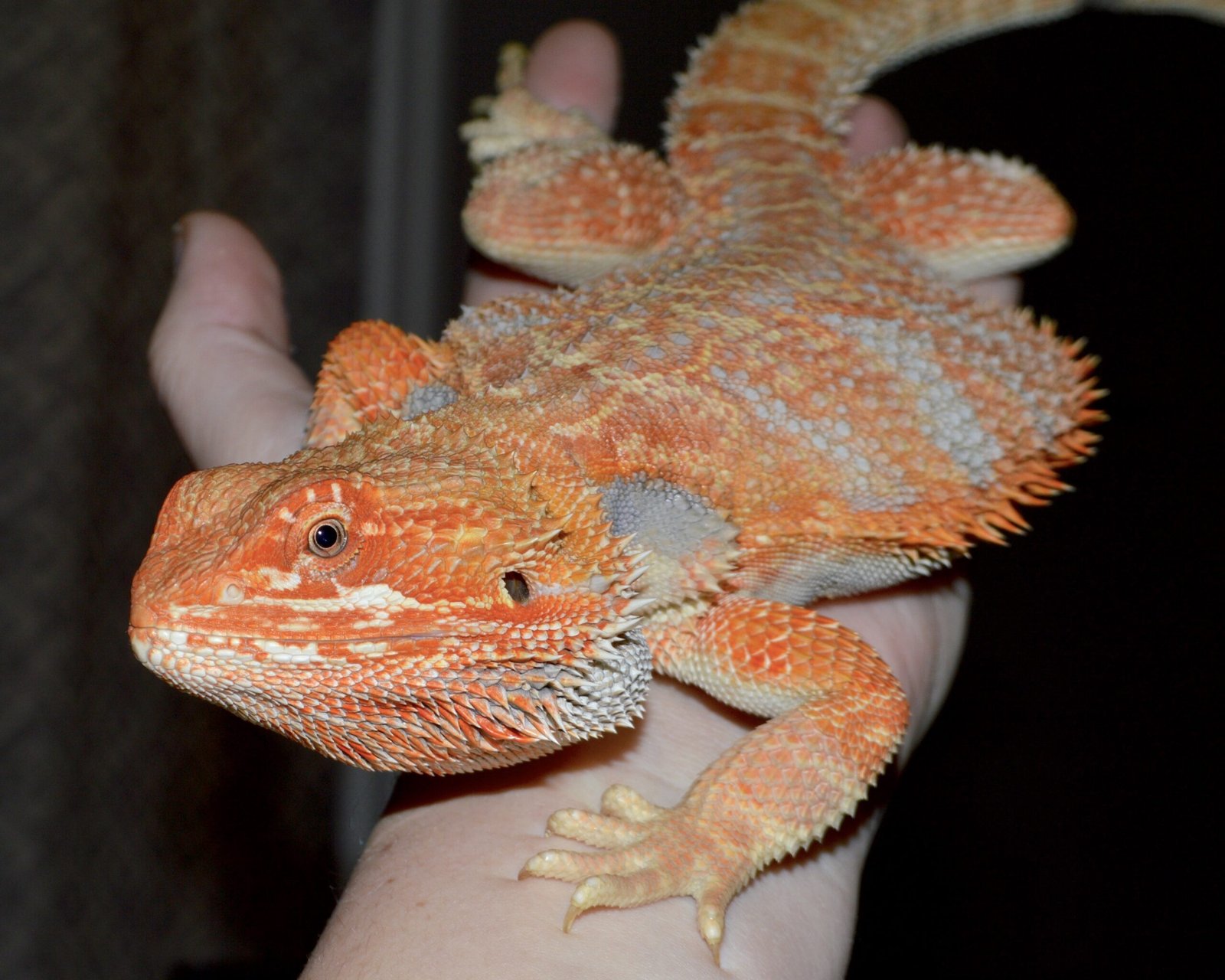
One of the most fascinating aspects of bearded dragons is their ability to change color based on mood, temperature, or health. A dragon basking in contentment might turn a deep, rich orange, while stress or fear can cause them to darken dramatically. These color shifts aren’t just for show—they play a role in thermoregulation and social signaling. Owners often learn to “read” their dragons by these daily color changes, adjusting care routines to keep their pet happy and healthy. It’s like having a living, breathing mood ring right in your living room.
Glass Surfing: The Mystery of the Waving Wall

Glass surfing—when a bearded dragon repeatedly scratches or “surfs” along the walls of its enclosure—can be both hilarious and concerning. This behavior often emerges when a dragon feels stressed, bored, or simply wants attention. Some dragons do it at the same time every day, as if following a mysterious internal schedule. Scientists suspect it’s a mix of curiosity, territorial instinct, and a desire to escape or explore. For owners, glass surfing is a clear sign that their dragon’s environment might need a little shake-up or enrichment.
Seasonal Shifts: Brumation and Changing Habits
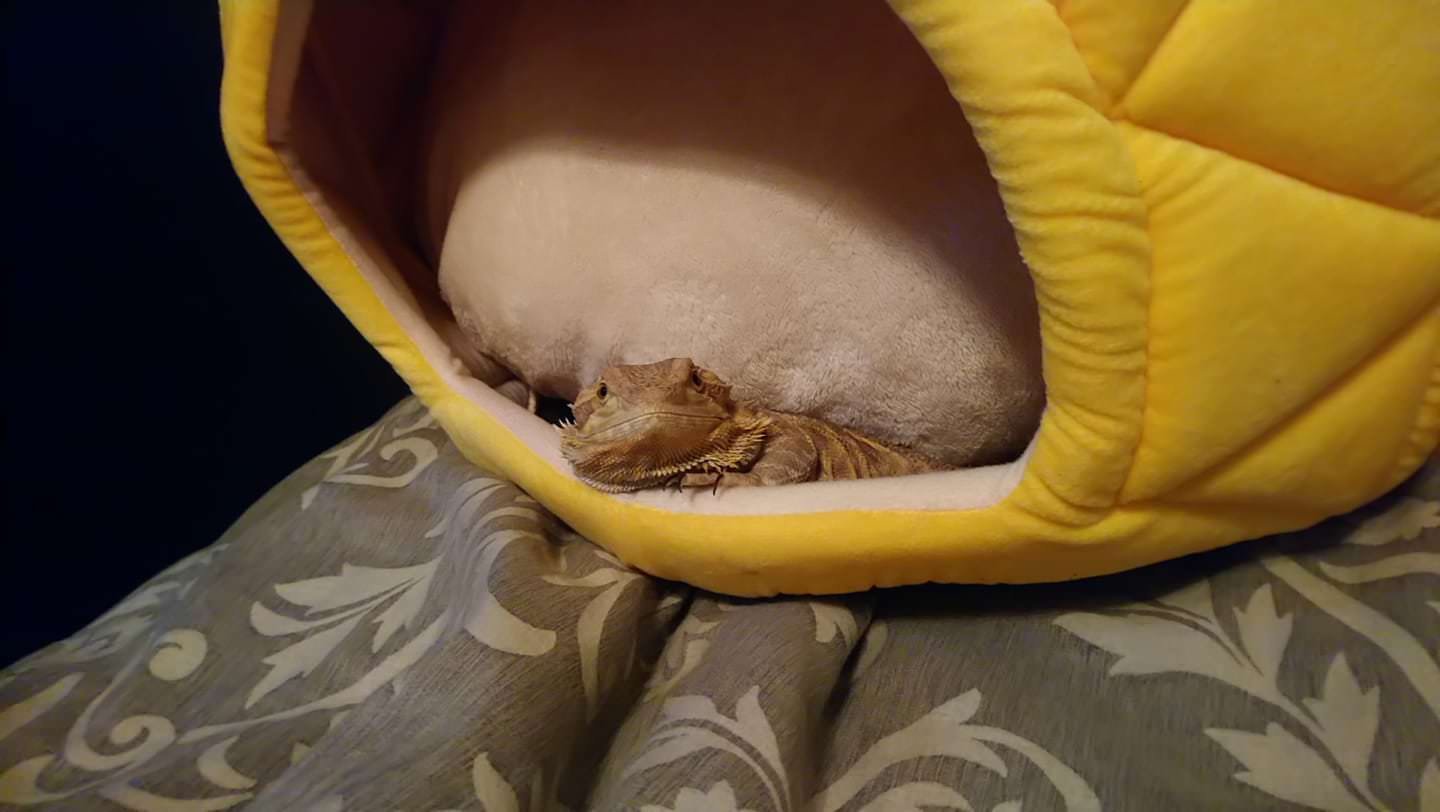
In the wild, bearded dragons undergo a period called brumation—a reptilian version of hibernation—during the cooler months. Even in captivity, many dragons instinctively slow down in winter, eating less and sleeping more. Their routines change dramatically: basking sessions become shorter, exploration dwindles, and naps multiply. This seasonal shift is driven by changes in light and temperature, reminding us that even in the comfort of a terrarium, wild instincts run deep. Owners often worry during brumation, but it’s a natural, healthy routine for many dragons.
Bonding Moments: Recognizing Their Humans
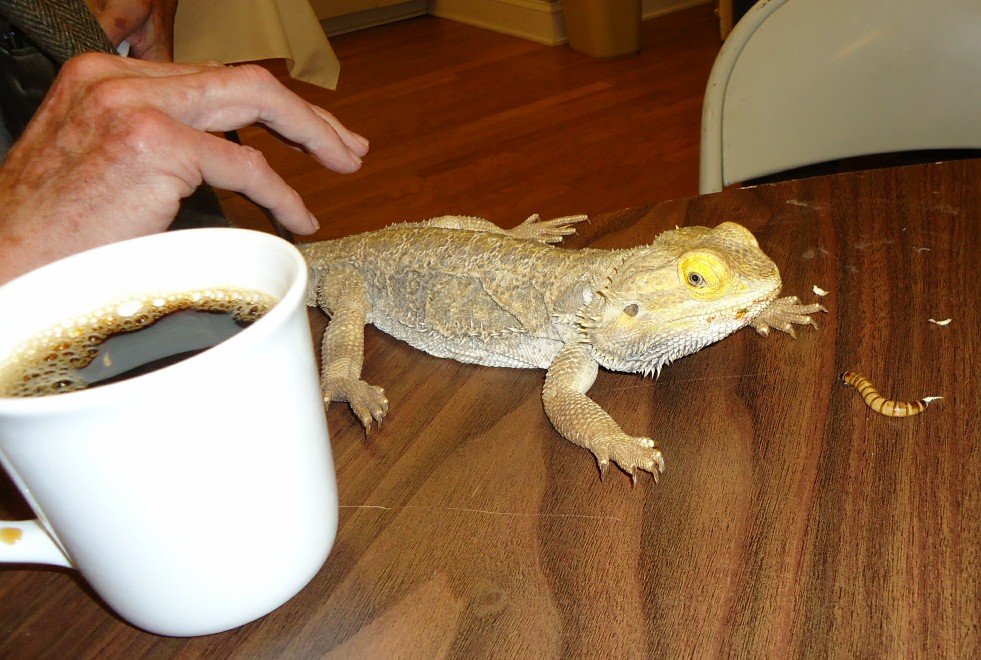
Contrary to the myth that reptiles are cold and indifferent, many bearded dragons develop clear routines around their favorite people. They’ll recognize their owner’s voice, approach the glass when they hear familiar footsteps, and even climb onto a waiting hand for a cuddle or adventure. These bonding moments often occur at the same time each day, creating a special ritual between dragon and human. It’s not uncommon for a dragon to “beg” for out-of-tank time, demonstrating how social routines can become just as important as feeding or basking.
Shedding Cycles: The Itchy Routine
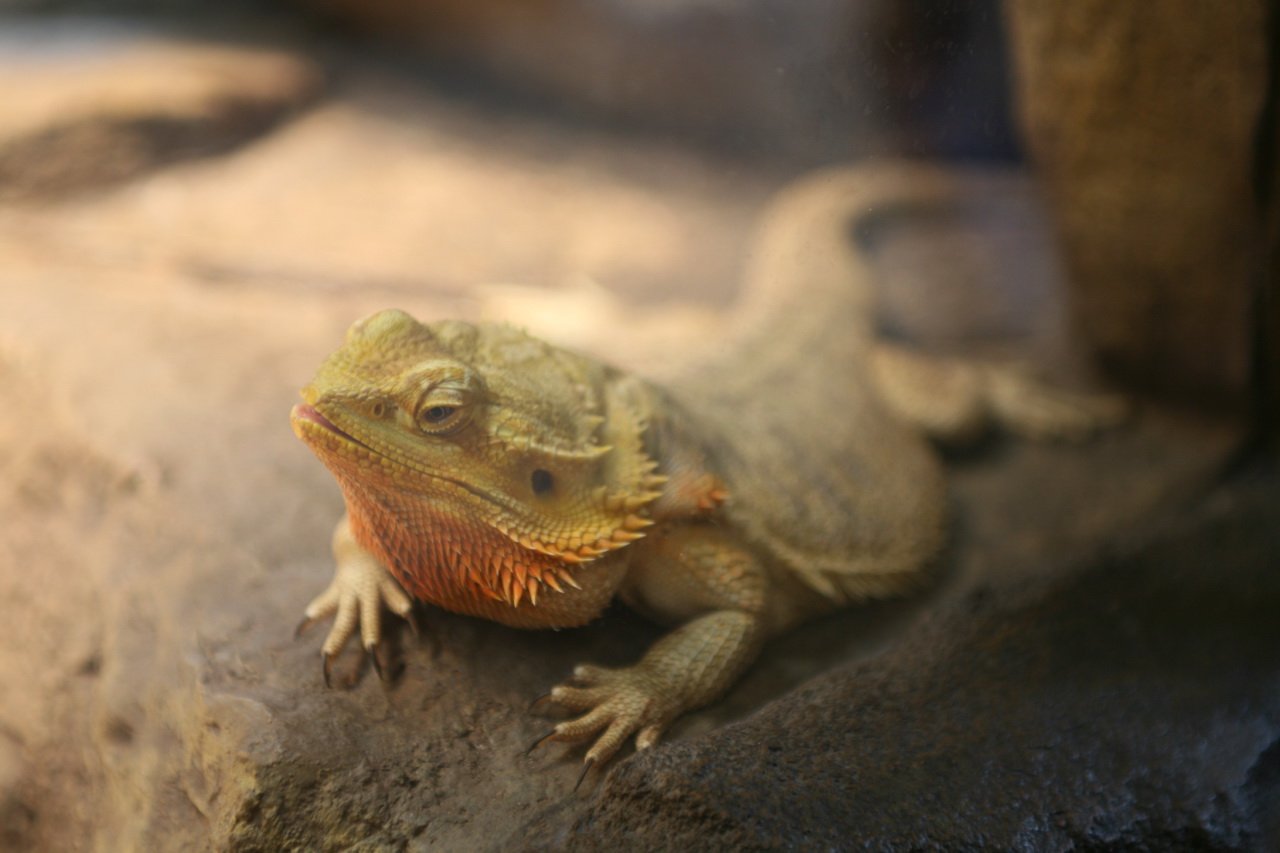
Shedding is an essential part of a bearded dragon’s life, and it follows a predictable cycle. As new skin grows, old skin loosens and peels away, often causing the dragon to become irritable or restless. During shedding, you’ll notice increased scratching, rubbing against objects, and a general grumpiness—think of it as the reptilian equivalent of a bad hair day. These cycles are influenced by growth, humidity, and overall health, and experienced owners can spot the signs days before the first flakes appear. Supporting a dragon through shedding with extra baths and gentle handling becomes another cherished part of the routine.
Playtime and Enrichment: Breaking the Monotony
While routines are comforting, bearded dragons also crave variety and mental stimulation. Playtime outside the enclosure—whether it’s supervised exploration, gentle climbing, or chasing after a favorite toy—can become a daily highlight. Some dragons even learn to associate certain times of day with play, waiting expectantly by the door or glass. Enrichment activities like puzzle feeders or new objects keep their minds sharp and prevent boredom, which can lead to odd behaviors or stress. Mixing routine with creative play ensures a happy, healthy dragon.
Nightfall Rituals: Winding Down for Sleep
As the lights dim and the evening sets in, bearded dragons begin their nightly wind-down. They’ll often find a comfy sleeping spot, sometimes burrowing slightly or tucking themselves into a favorite corner. This routine is vital for their health, as quality sleep helps them recover and grow. Owners can support this by maintaining a consistent light schedule and avoiding late-night disturbances. Watching a dragon settle in for the night, eyes slowly closing, is a peaceful reminder of the importance of rest in the animal kingdom.
Learning From Experience: How Habits Are Formed
Bearded dragons are surprisingly capable of learning from experience. If an action leads to a reward—like being picked up for a cuddle or receiving a tasty treat—they’re likely to repeat it. Over time, these reinforced behaviors solidify into routines, shaping the dragon’s unique personality. Even negative experiences can leave a mark, causing a dragon to avoid certain spots or activities. This capacity for learning makes them endlessly fascinating companions, as their routines evolve and adapt with each new experience.
Individuality in Scales: Every Dragon Is Different
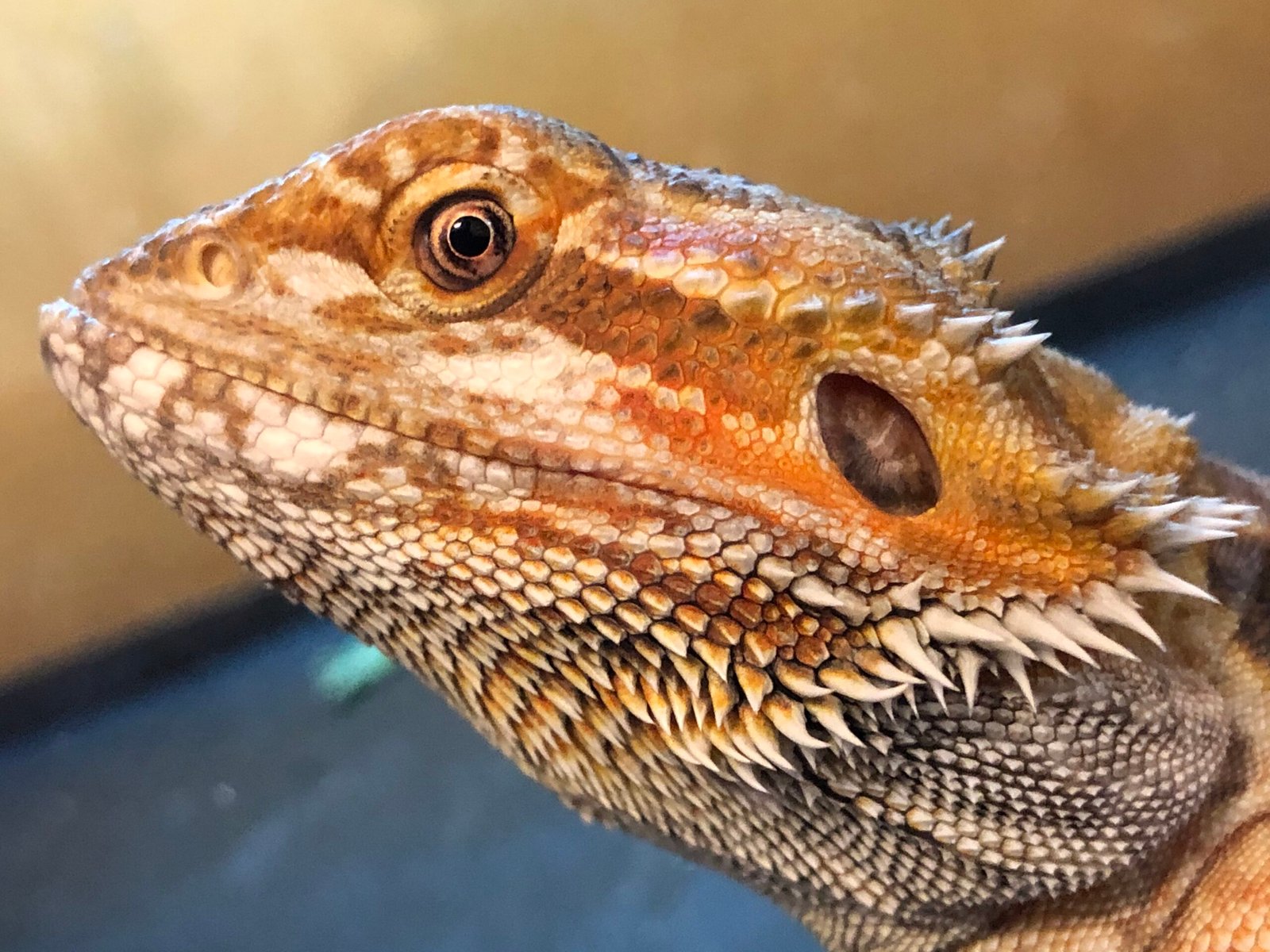
No two bearded dragons are exactly alike, and their routines and preferences can vary wildly. Some are early risers, eager to greet the sun, while others prefer lazy mornings and late-night explorations. Food obsessions, favorite basking spots, and quirky rituals all combine to create a tapestry of individuality. Owners quickly learn to celebrate these differences, adapting care to match each dragon’s unique needs. It’s this individuality that makes every bearded dragon experience special—a daily adventure in observation and connection.
What Bearded Dragons Teach Us About Routine (and Ourselves)
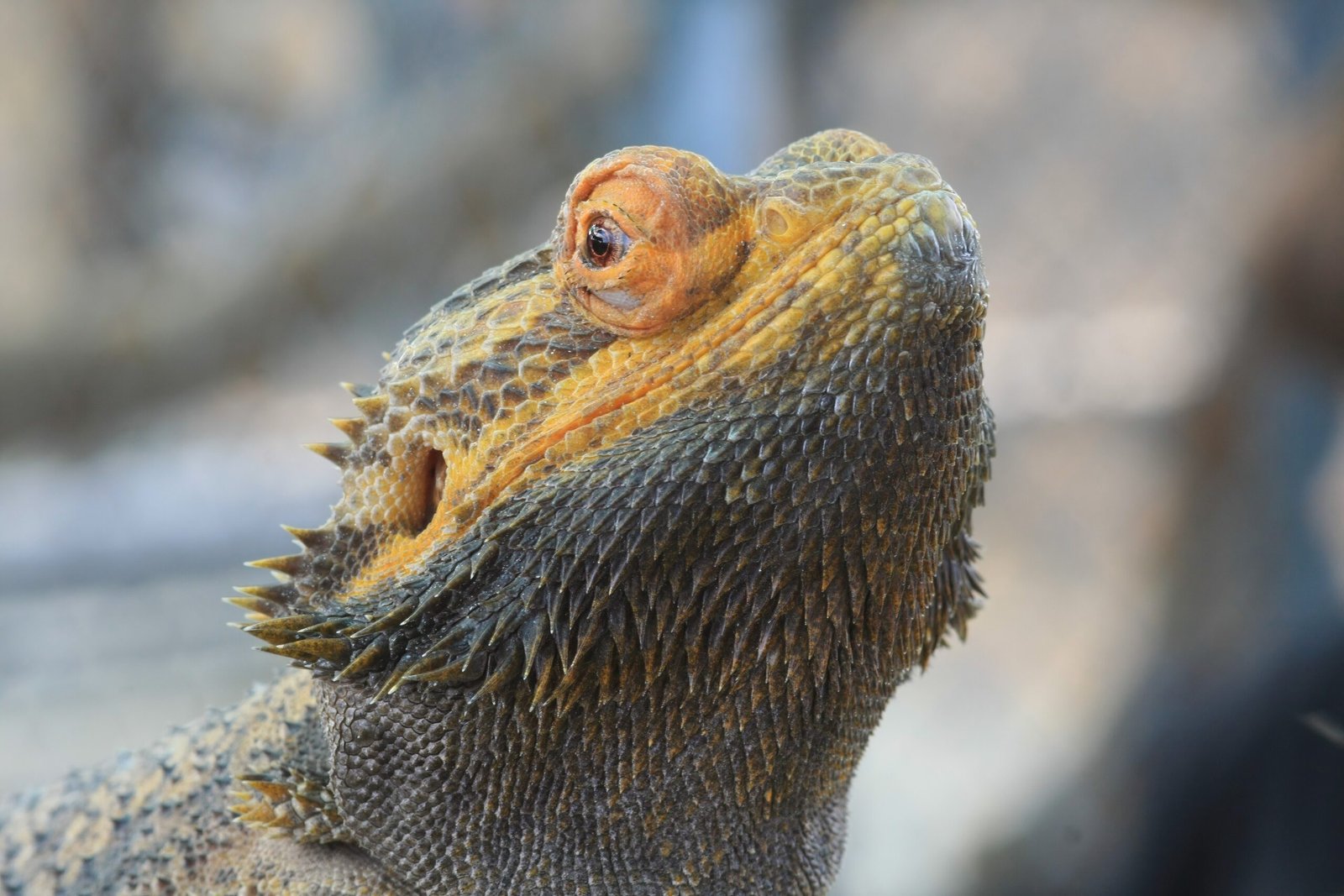
Watching a bearded dragon go about its daily routines is a lesson in mindfulness and adaptation. These creatures remind us that habits aren’t just about repetition—they’re about comfort, survival, and expressing our true selves. Whether it’s the stubborn insistence on a favorite basking spot or the joyful anticipation of playtime, bearded dragons show us the beauty in routine and the importance of embracing our own quirks. Next time you catch your dragon performing its daily rituals, take a moment to marvel at the fascinating world unfolding right before your eyes.




